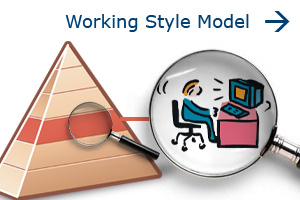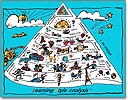Morrow Award Program Honors the Achievement
MORROW May 23, 2013 -- Creative Learning Systems has been selected for the 2013 Best of Morrow Award in the Child Care & Day Care Services category by the Morrow Award Program.
Each year, the Morrow Award Program identifies companies that we believe have achieved exceptional marketing success in their local community and business category. These are local companies that enhance the positive image of small business through service to their customers and our community. These exceptional companies help make the Morrow area a great place to live, work and play.Various sources of information were gathered and analyzed to choose the winners in each category. The 2013 Morrow Award Program focuses on quality, not quantity. Winners are determined based on the information gathered both internally by the Morrow Award Program and data provided by third parties.
About Morrow Award Program
The Morrow Award Program is an annual awards program honoring the achievements and accomplishments of local businesses throughout the Morrow area. Recognition is given to those companies that have shown the ability to use their best practices and implemented programs to generate competitive advantages and long-term value.
The Morrow Award Program was established to recognize the best of local businesses in our community. Our organization works exclusively with local business owners, trade groups, professional associations and other business advertising and marketing groups. Our mission is to recognize the small business community’s contributions to the U.S. economy.
SOURCE: Morrow Award Program
CONTACT:
Morrow Award Program
Email: PublicRelations@awardprogram.org
URL: http://www.awardprogram.org




